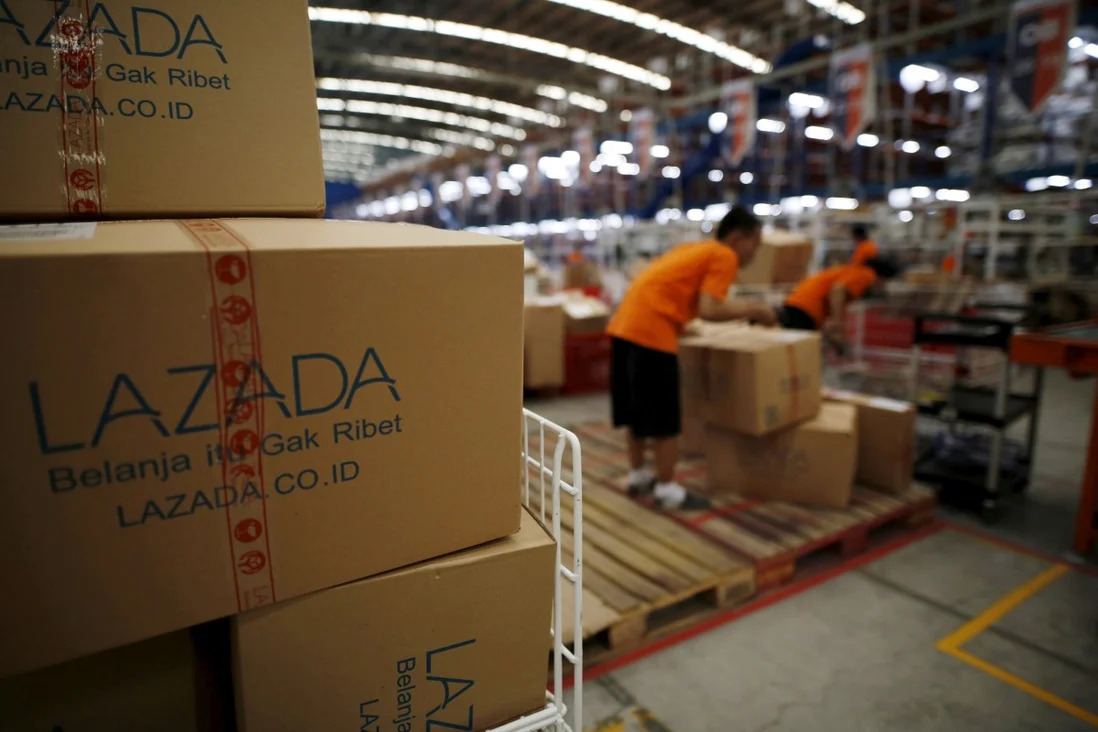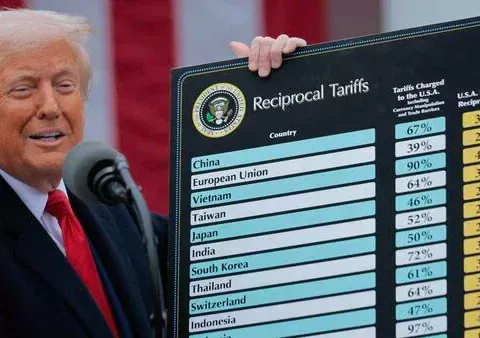During the Covid-19 outbreak, the platform – which operates in Indonesia, Malaysia, Singapore, Thailand, the Philippines and Vietnam – saw a surge in demand as customers and sellers turned to online sales channels amid various offline disruptions. It was also during this time that the company appointed Li Chun as group CEO.
Li is no stranger to Southeast Asia’s e-commerce landscape – and the opportunities it presents – having previously served as president of Lazada as well as CEO of Lazada Indonesia. He was originally seconded to Lazada three years ago to overhaul the company’s technological infrastructure in an initiative dubbed, “Project Voyager.” We spoke to him to get his take on finding success in this dynamic region, as well as how to meet surging consumer demands and manage a staff of thousands during a global pandemic.
You took on the role of Lazada Group CEO in the middle of a pandemic. How did you adapt to this situation?
In many of the countries we are operating in, the Covid-19 pandemic still has a big impact on how the whole environment is functioning. Many of employees are still working from home, and many offline businesses are still impacted. How do we make sure we can manage this extraordinary time and be able to work together to satisfy our consumers’ demand, make sure our business is right, be able to support our sellers, brands and business – there were quite a lot of challenges coming from that.
The most important thing for us at Lazada was to constantly communicate through all the mechanisms we have. Fortunately, we have very good infrastructural support. With platforms like Alilang and DingTalk, we’re able to communicate with teams through live streams and for all-hands meetings, management meetings, project discussions. It’s important for us to make sure key messages are continually communicated to the rest of our teams and to explain the reasons behind these messages as well as to work with teams to show how we can solve different problems together.
What has it been like running a company with almost 9,000 employees spread across six markets during this year?
It has been very encouraging throughout the last several months to see our organization adapt to different changes. For example, we delivered a very critical project, the Apollo Project, which involved the replatforming of our logistics technology. Our teams across multiple locations worked together for several months and delivered the project in all the six countries on time. This was really amazing. I’m quite encouraged to see how our organization as a whole has been able to adapt to the changes and continually carry out the tasks we planned and get results.
During these challenging times, how has Lazada been supporting the markets that it’s in?
During the pandemic, e-commerce as a whole has actually seen fast growth due to accelerated adoption from both consumers as well as sellers and brands. Lazada, as a leading e-commerce platform, has the obligation to ensure that the whole ecosystem can operate as normal.
On the consumer end, we see more and more consumers rely on e-commerce platforms. For example, in Singapore, we have RedMart, which saw a surge in demand during Covid-19. We worked with the government to make sure that the most-essential items remained available during that special time. Meanwhile, in Malaysia, we worked with farmers to bring fresh groceries to consumers.
On the sellers’ side, many have seen their offline businesses impacted. Many of these sellers and brands haven’t really adapted to the digital economy yet. We worked with the governments in all the countries we operate in to help grow the digital businesses for sellers. In Indonesia, for example, we worked with the government not only to boost business for sellers on our platform but also to help onboard hundreds and thousands of new merchants.
Lazada has emphasized its commitment to fostering local talent and encouraging them to take on more leadership roles. Why is this such a priority for the organization?
We are currently hiring almost 9,000 employees from 50 different countries. The diversity is definitely a very unique advantage for us. I truly believe that for e-commerce to be successful in Southeast Asia, we need to adapt to the local environment, and the best leaders who will lead this action have to come from this environment. We have been consciously putting a lot of effort in growing these leaders. Many of our young talents are hired locally and are taking on more important roles in the organization. It’s very important for us to continue to train young people in this environment to become the next generation of leaders.
In an earning’s call with analysts, Alibaba CEO Daniel Zhang talked about Lazada’s use of Alibaba technology to serve consumers and partners. Can you elaborate a little more on this?
Since the acquisition from Alibaba, we have been leveraging a lot of domain knowledge from the Alibaba side and have been building our e-commerce into a more and more mature format. The opportunity for e-commerce in Southeast Asia is huge. We are still at a very early stage. You can really grow your business in many different ways, but I truly believe that to become a sustainable, long-lasting and impactful business, you need to create value through your investment into infrastructure, whether it’s in logistics, technology or other areas. For the last three years, we’ve spent a lot of effort into the technology at Lazada. We’ve also been investing in logistics from the beginning. All these place us in a very good position, and we will continue to drive in this direction.
We’ve also been working with various Alibaba teams to revamp and improve our systems. These play a critical role for us to grow our business, especially our user base. Just last month, we reached 100 million monthly active users and also 80 million annual active buyers.
I would say, this is only the beginning and has only laid the foundation for our vision of the future, which will address how we leverage these capabilities to further enhance how our team operates, how our sellers and brands can more efficiently grow their businesses and how we bring better experiences to our customers.






